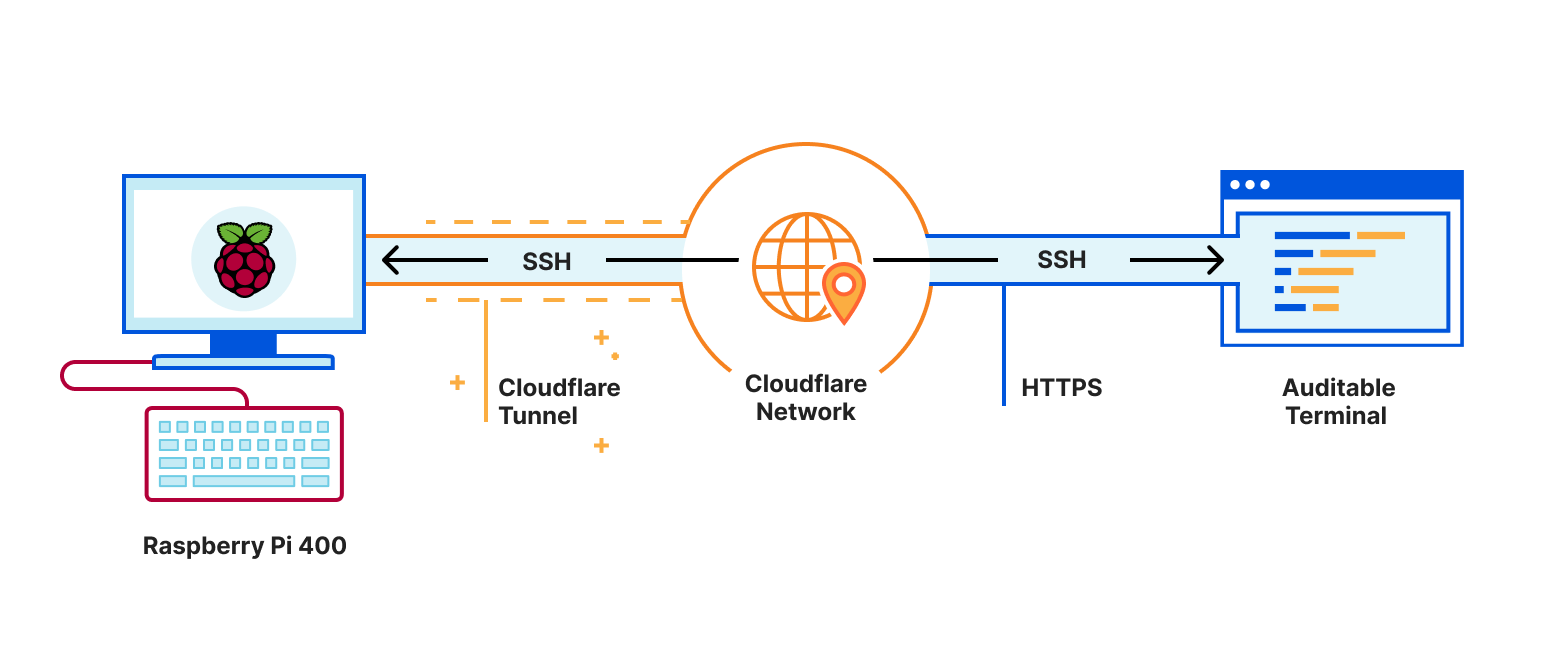Working with Linux VRFs
The concept of VRFs is likely one that you’re familiar with. They are the de facto standard when we talk about isolating layer 3 networks. As we’ve talked about previously, they are used extensively in applications such as MPLS VPNs and really provide the foundation for layer 3 network isolation. They do this by allowing the creation of multiple routing tables. Any layer 3 construct can then be mapped into the VRF. For instance, I could assign an IP address to an interface and then map that interface into the VRF. Likewise, I could configure a static route and specify that the route is part of a given VRF. Going one step further I could establish a BGP session off of one of the VRF interfaces and receive remote BGP routes into the VRF. VRFs are to layer 3 like VLANs are to layer 2.
So while we’ve talked about how they are typically used and implemented on networking hardware like routers and switches – we haven’t talked about how they’re implemented in Linux. Actually – they’re fairly new to the Linux space. The functionality was actually written by Cumulus Networks and then contributed to the Linux kernel (kudos Continue reading






